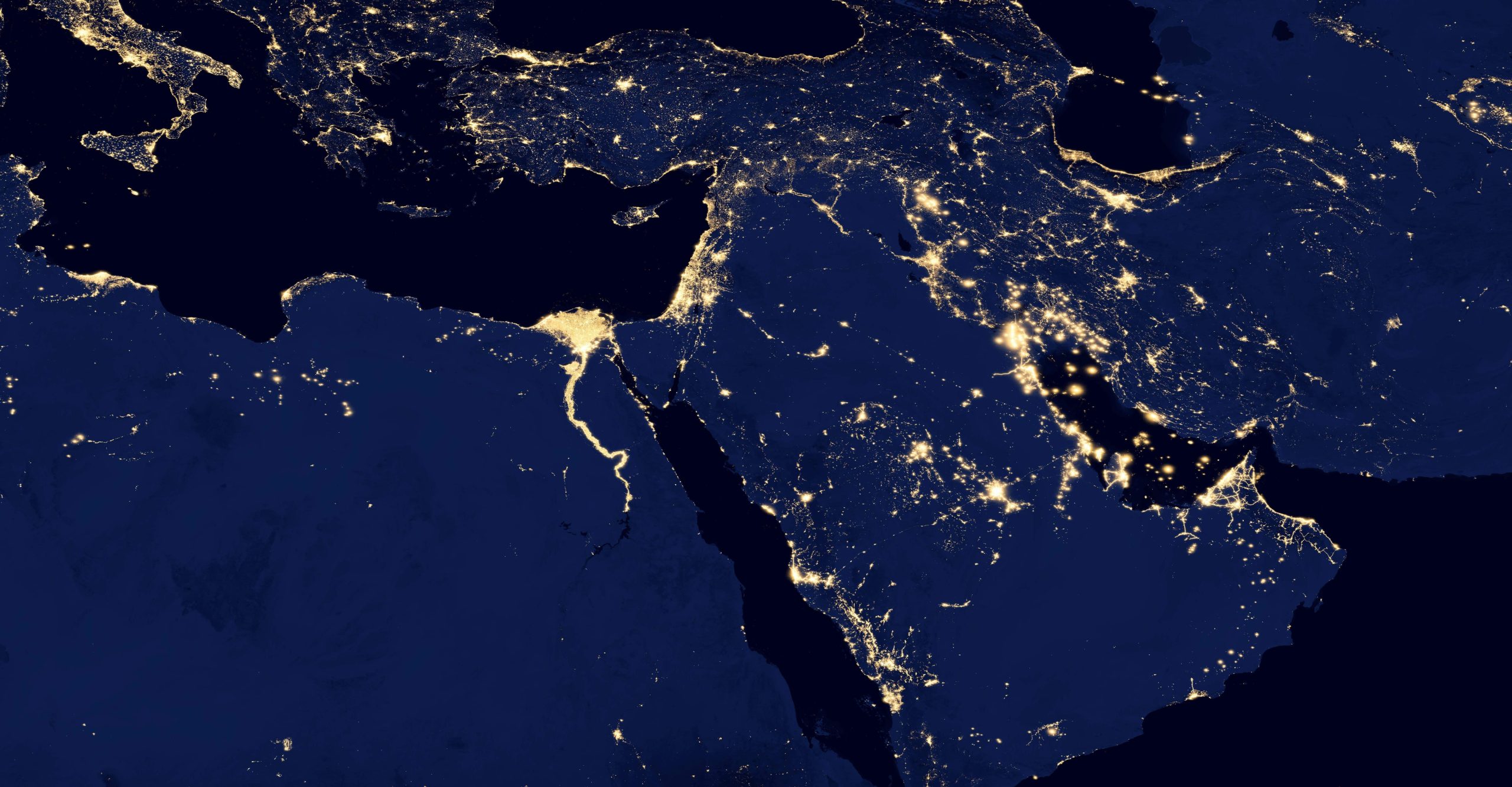Pipelines for the Future: Connecting MENA with Europe

In further steps to establish a global network for hydrogen production, distribution and storage, RINA and AFRY have undertaken initial studies for pipelines between the Gulf and Europe.
With the Gulf focussing heavily on both green and blue hydrogen, expanding these networks into mainland Europe could prove beneficial for those geographically challenged.
Up to two and a half million tonnes of hydrogen could be supplied to economic hubs in Europe on an annual basis. With the abundant renewable sources across the Gulf, by 2030 the levelized cost could be as low as €2.7/kg, lowering further in the future.
New road maps are painting the global picture
Initial assessments have laid out the feasibility of a roadmap beginning with Qatar, Saudi Arabia and Egypt, with pipelines crossing the Mediterranean Sea into mainland Europe.
Andrea Bombardi, Executive President at RINA, said: “Through the combined expertise of AFRY and RINA, this first-of-its-kind study considers routing alternatives, technical parameters and feasibility, especially for the deep-sea pipeline section, geo-strategic framework conditions.”
Top-level economic estimates of a direct hydrogen pipeline link between the Gulf and Europe as an element of an integrated green energy and industry system across Europe and the Middle East and North Africa.
The findings of the study represent a decisive contribution to boost the hydrogen economy. Together with AFRY, we have identified a potential stable corridor to bring supply and demand together. The scale-up of hydrogen adoption goes through projects like this
Speaking in a previous address, Antonio Nodari, Member of the Executive Management Team at AFRY Management Consulting, added: “The collaboration between RINA and AFRY provides a unique and highly interesting view of significant opportunity to take a step forward in the green energy transition for Europe and the MENA region.”
Policy drive is one of the largest benefits to the region
Interestingly, the MENA region has been pushing to be at the forefront of the energy transition, namely due to large land availability, weather conditions for solar and pre-existing skills from the traditional oil and gas sectors.
Additionally, policy announcements and delivery has increased private sector support and incentivisation. This confidence is likely to lead to an improvement in final investment decisions.

